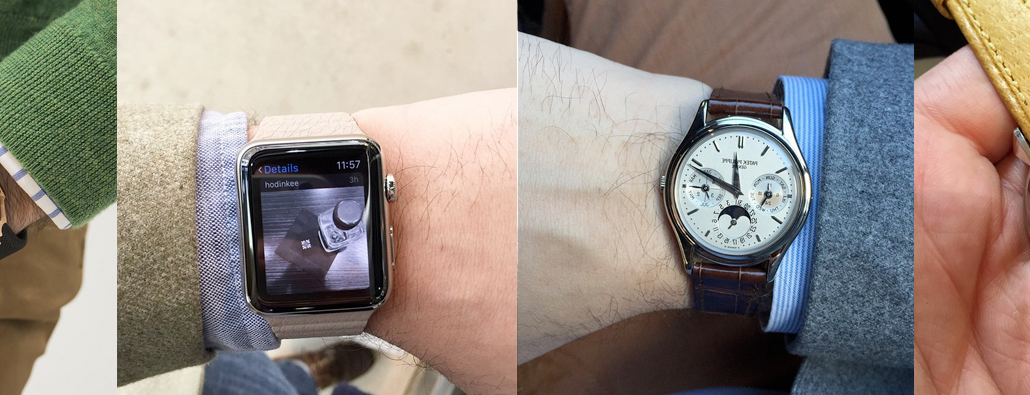
The Apple Watch may have reignited interest in watches, but the success of wristwatch enthusiast site Hodinkee shows that interest never actually went away.
The site, founded in 2008, has become the authority for wristwatch fans — a small but dedicated group of enthusiasts and collectors that knows the difference between a hairspring and a balance wheel. Hodinkee (a play on “little watch” in Czech) has owned the wristwatch beat by covering its developments both authoritatively and exhaustively, with an editorial interest in watches as engineering marvels, not just as jewelry.
It stands as a testament to the power of intense focus on a core audience as a surefire path to building a strong media brand. Hodinkee goes against the grain in several ways. Most glaring of all is its opt-out of the churn-and-burn approach nearly all digital publishers chasing scale inevitably take. Hodinkee posts just four times a day, with coverage that includes industry news, watch announcements and in-depth reviews.
The operation is lean. Hodinkee has just four full-time employees and relies on a coterie of five outside contributors. But the site punches above its weight, thanks to the expertise and passion of its writers. That influence is hard to overstate. Time called Hodinkee one of its “50 best websites of 2013,” and The New York Times called Hodinkee founder Benjamin Clymer a “high priest” to mechanical-watch lovers. Going niche has its perks.
“A lot of sites these days are too broad,” said Hodinkee senior digital producer Will Holloway. “There are too many sites out there that try to do too much and don’t give readers much reason to come back every day.”
Hodinkee is also riding many of the larger trends in the watch space. Interest in horology continues to climb among enthusiasts, while the growth in the wearable market has boosted interest among the average consumer.
One video series, “Talking Watches,” features big-name watch collectors such as John Mayer discussing their favorite items. Hodinkee has also created videos about history of The Tudor Watch Company and a look inside watch manufacturer A. Lange & Söhne. One of the site’s most popular posts is a look at Eric Clapton’s Patek Philippe 2499.
“There are definitely enough people out there who are nuts about wristwatches that we can build entire site around it. And we’re feeding that animal by covering the space from top to bottom.”
That deeply vertical focus makes Hodinkee attractive to advertisers, who are eager to get in front of the site’s readers (Hodinkee says its average reader earns more than $300,000 per year and buys three watches a year on average.) Likewise, the site has also ventured into e-commerce with its online store, which sells items that include $1,375 Hodinkee-branded sportcoats and $150 wrist Italian leather watch straps. The size of the opportunity is significant: Around 1.2 billion watches are produced each year, according to the Federation of the Swiss Watch Industry’s estimates.
“We want people come to research, learn, watch and purchase. Our goal here is to be a one-stop shop,” Holloway said.
Hodinkee, which according to internal numbers gets 1 million unique visitors a month, shows that even the most niche site can build a big audience with the right approach. The site has also a sizable social presence, with 132,00 Instagram followers and 70,000 fans on Facebook.
“Vertical sites/companies with their laser focus can engender deep loyalties which a hamster wheel machine big sites can never get,” said Rafat Ali, CEO of Skift, a vertical-focused travel news and information. “Hodinkee’s success speaks to the continuing verticalization of media on one hand, while the consolidation of bigness on the other hand.”
More in Media

Digiday Scorecard: Publishers’ rate Big Tech’s AI licensing deals
Digiday has compiled a scorecard grading AI platforms to make sense of the growing number of players in the AI content licensing market.

Publishers are hunting for AI prompt data — now they’re starting to get it from third-party companies
Publishers are finally gaining some visibility into AI search, as new prompt data tools crack open a black box.

Digiday+ Research: Publishers’ growing focus on video doesn’t translate to social platforms
Major publishers have made recent investments in vertical video, but that shift is not carrying over to social media platforms.





